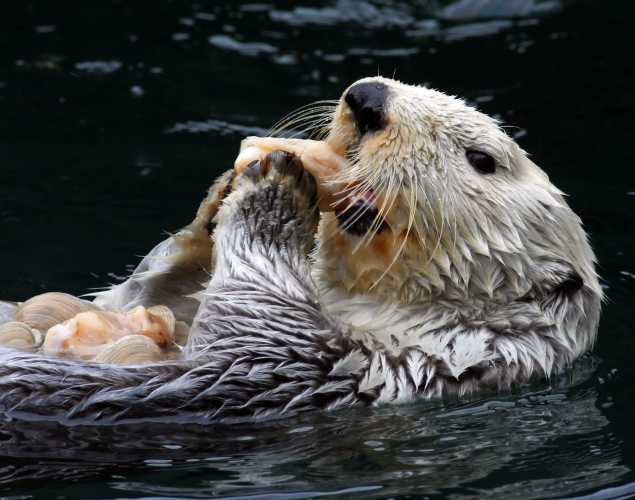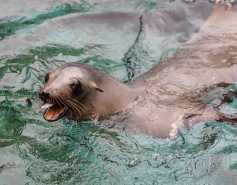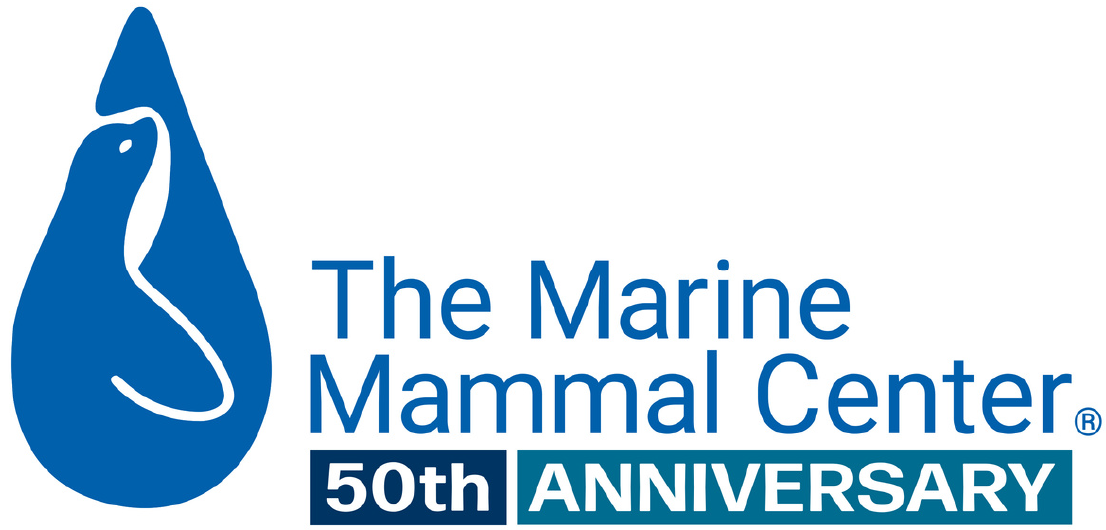
Parasite-Associated Hepatitis in Southern Sea Otters
- Parasites
Abstract
Capillaria hepatica is a globally distributed zoonotic nematode parasite that most commonly infects feral and native rats. Soil contact, pica, and living in close proximity to rat populations are risk factors for human infection. Larval nematodes and eggs that were morphologically consistent with C. hepatica were observed microscopically in livers of stranded southern sea otters (Enhydra lutris nereis) from California. Large (90–100 × 45–55 μm), barrel-shaped non-embryonated parasite eggs with large polar prominences and a roughened or striated surface, or 105–120 μm diameter larval aphasmid nematode profiles with a prominent stichosome and hypodermal bands were observed in the livers of three otters. The liver of a fourth animal exhibited serpiginous tracts of necrosis, micro-cavitation and pleocellular inflammation, with intralesional linear eosinophilic material that resembled cuticle from degenerating metazoan parasites. Capillaria hepatica-associated hepatitis and capsular adhesions were the cause of death for one otter, and parasite-associated liver lesions were observed in all cases. All infected otters were adult females that stranded from 2006 through 2016 at multiple sites along the central California coast. All cases stranded from December through May; during and soon after peak seasonal precipitation and land-sea runoff in California. This same seasonal pattern has been reported for other land-based parasites infecting southern sea otters. Neither C. hepatica, nor any similar nematodes have been reported from marine mammals, and southern sea otters are not typical hosts for C. hepatica or any other nematode parasites. The most likely route of exposure was via freshwater runoff containing embryonated eggs liberated from predated or decomposing terrestrial hosts, especially rats. Similar to the land-based parasites Toxoplasma gondii and Sarcocystis neurona, C. hepatica eggs may be concentrated and transmitted through filter-feeding marine invertebrates that serve as southern sea otter prey, which may also pose an unrecognized public health risk for people who consume these species.
Miller, M.A., Duignan, P.J., Dodd, E., Batac, F., Staedler, M., Tomoleoni, J.A., Murray, M., Harris, H. and Gardiner, C., 2020. Emergence of a zoonotic pathogen in a coastal marine sentinel: Capillaria hepatica (syn. Calodium hepaticum)-associated hepatitis in southern sea otters (Enhydra lutris nereis). Frontiers in Marine Science, 7, p.335.
Related Publications
{"image":"\/Animals\/Patients\/California sea lions\/csl-by-bill-hunnewell-c-the-marine-mammal-center-1.jpg","alt":"California sea lion eating a fish","title":"New Technique for Diagnosing Lung Parasite Infections in Sea Lions","link_url":"https:\/\/www.marinemammalcenter.org\/publications\/new-technique-for-diagnosing-lung-parasite-infections-in-sea-lions","label":"Research Paper"}

{"image":"\/Animals\/Wild\/Other species\/dolphin-shutterstock.jpg","alt":"Two dolphins","title":"Brain Parasites in South African Dolphins","link_url":"https:\/\/www.marinemammalcenter.org\/publications\/brain-parasites-in-south-african-dolphins","label":"Research Paper"}

{"image":"\/Animals\/Patients\/Elephant seals\/cropped-images\/es-by-bill-hunnewell-c-the-marine-mammal-center-3-2-1214-3454-3512-1600891002.jpg","alt":"northern elephant seal","title":"Diagnostic Tests for Lungworm-Infected Northern Elephant Seals","link_url":"https:\/\/www.marinemammalcenter.org\/publications\/diagnostic-tests-for-lungworm-infected-northern-elephant-seals","label":"Research Paper"}

{"image":"\/Animals\/Wild\/Sea otter\/cropped-images\/sea-otter-grooming-head-shutterstock-22-86-3617-2826-1616709449.jpg","alt":"sea otter grooming","title":"Parasitic Skin Disease in Threatened Southern Sea Otters","link_url":"https:\/\/www.marinemammalcenter.org\/publications\/parasitic-skin-disease-in-threatened-southern-sea-otters","label":"Research Paper"}

Related News
{"image":"\/People\/Action\/Veterinary care\/csl-bottlecap-radiograph-exam-anesthesia-sarcosystis-by-giancarlo-rulli-c-the-marine-mammal-center.jpg","alt":"california sea lion under anethesia surrounded by medical staff","title":"Hakai Magazine: How Terrestrial Turds Lead to Marine Maladies","link_url":"https:\/\/www.marinemammalcenter.org\/news\/hakai-magazine-how-terrestrial-turds-lead-to-marine-maladies","label":"In the News","date":"2024-01-02 01:00:00"}

{"image":"\/Misc\/cropped-images\/plastic-ocean-pollution-shutterstock-663-6-3817-2982-1610388542.jpg","alt":"plastic debris floating just under the surface of the water","title":"USA Today: Deadly Pathogens Can Hitch a Ride on Ocean Microplastics, Raising Alarm Bells","link_url":"https:\/\/www.marinemammalcenter.org\/news\/usa-today-deadly-pathogens-can-hitch-a-ride-on-ocean-microplastics-raising-alarm-bells","label":"In the News","date":"2022-04-28 02:00:00"}

USA Today: Deadly Pathogens Can Hitch a Ride on Ocean Microplastics, Raising Alarm Bells
April 28, 2022
Read More
